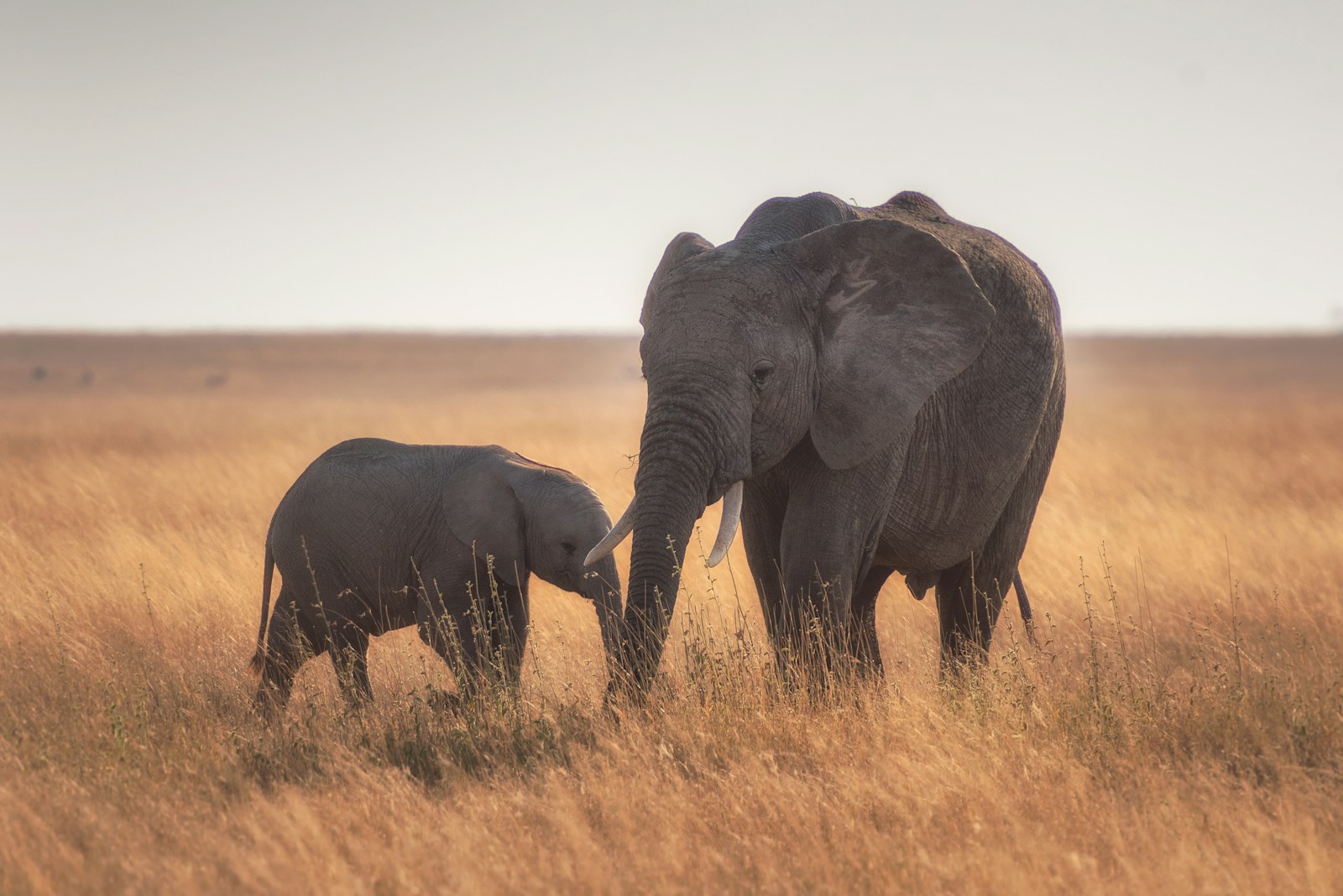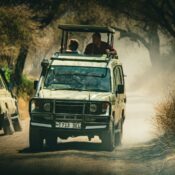Exploring the Enchanting Ngorongoro Crater: A Journey into Africa’s Garden of Eden
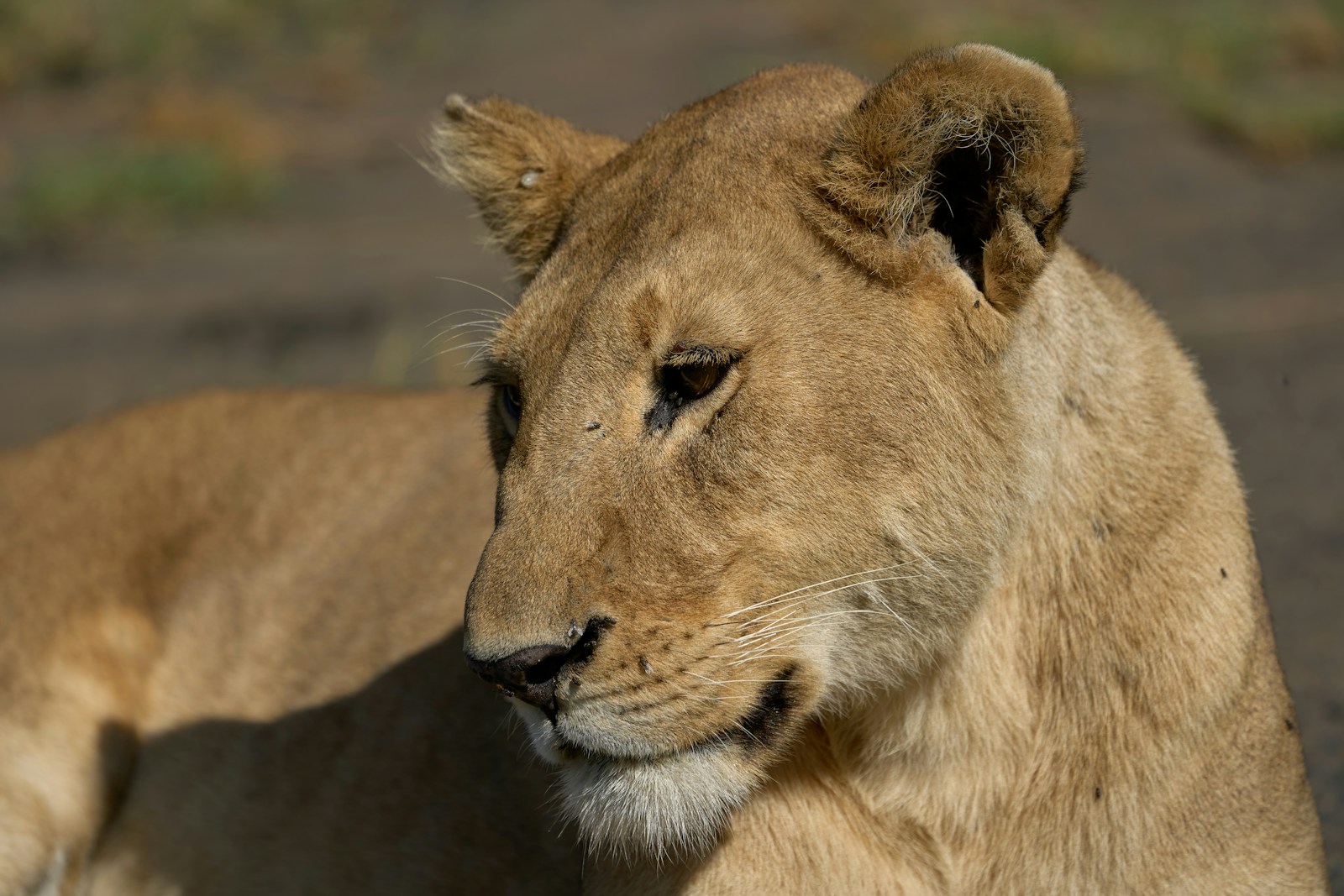
Exploring the Enchanting Ngorongoro Crater: A Journey into Africa’s Garden of Eden
Nestled in the heart of Tanzania, the Ngorongoro Crater stands as one of the most mesmerizing and unique natural wonders on Earth. This geological marvel, often referred to as Africa’s Garden of Eden, is a testament to the raw beauty and diversity of the African continent. In this blog, we will delve into the history, ecology, wildlife, and travel tips for exploring this breathtaking destination.
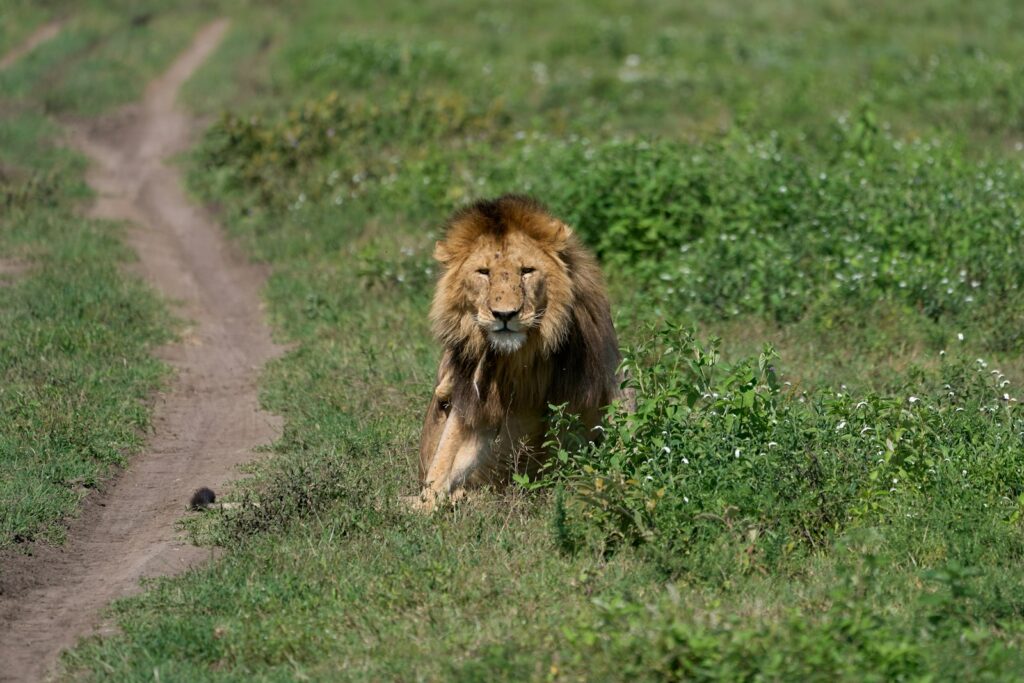
The Birth of the Ngorongoro Crater
Approximately two to three million years ago, a massive volcanic explosion created the Ngorongoro Crater. This colossal event, which caused the collapse of the volcano into itself, resulted in the formation of a caldera—the largest inactive and unfilled volcanic caldera in the world. The crater spans about 20 kilometers in diameter and covers an area of 264 square kilometers, with walls towering 600 meters high. The Ngorongoro Crater is not just a geological wonder but a living testament to the dynamic forces that shape our planet.
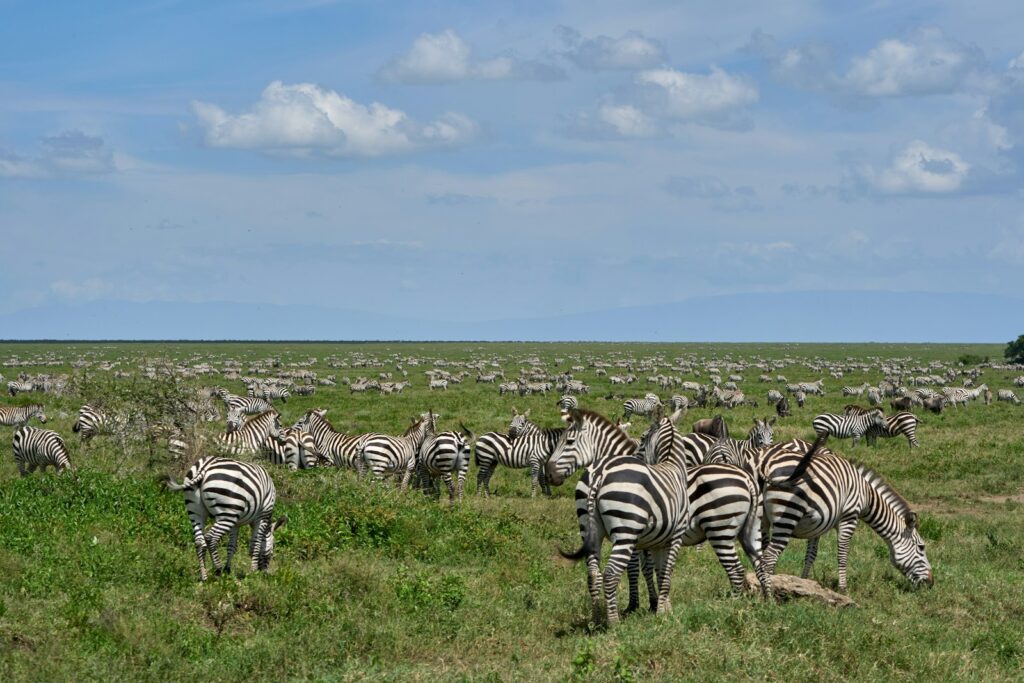
A UNESCO World Heritage Site
In 1979, the Ngorongoro Conservation Area, including the crater, was designated a UNESCO World Heritage Site. This status underscores the global significance of the area, not just for its geological features but also for its ecological and cultural importance. The Ngorongoro Conservation Area is unique in that it is a multi-use area where wildlife coexists with semi-nomadic Maasai pastoralists who practice traditional livestock grazing.

The Ecology of the Crater
The Ngorongoro Crater’s unique geography and climate create a micro-ecosystem that supports a diverse range of flora and fauna. The crater floor is a mosaic of grasslands, swamps, forests, and a soda lake, each providing distinct habitats for a variety of species.
Flora
The vegetation within the crater varies from open grasslands, which dominate the landscape, to dense woodlands and patches of acacia trees. The Lerai Forest, for example, is a haven for elephants and is characterized by tall yellow fever trees. The Gorigor Swamp provides a reliable water source and supports lush, green reeds and grasses year-round.
Fauna
The Ngorongoro Crater is renowned for its remarkable concentration of wildlife. It is often described as a natural Noah’s Ark due to the diversity and density of species found here. Approximately 25,000 large animals inhabit the crater, making it one of the best places in Africa to witness wildlife.
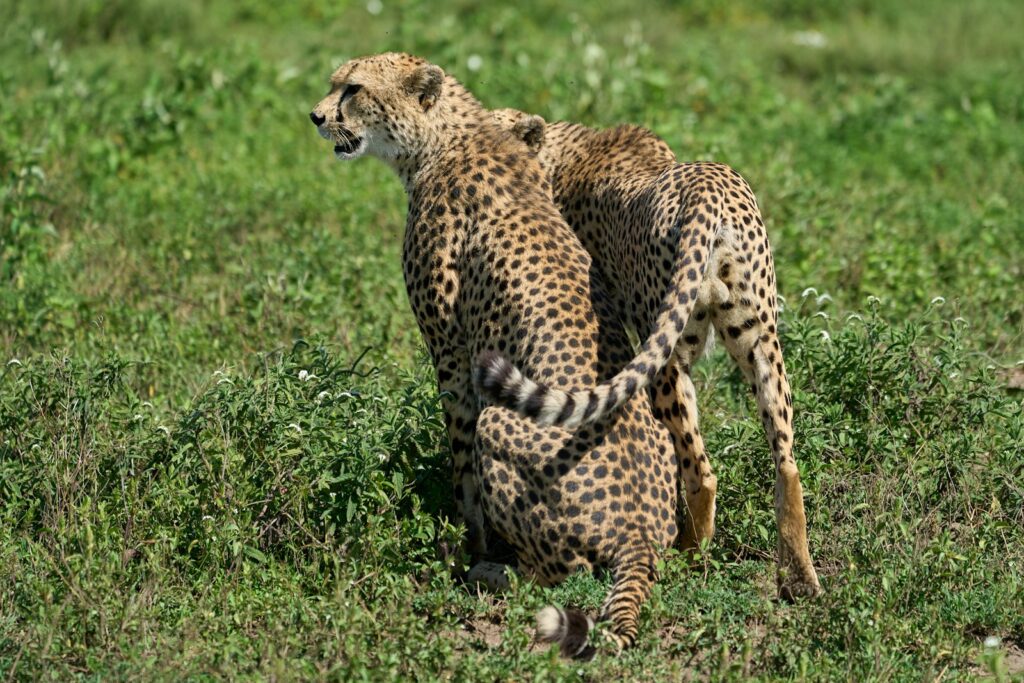
The Big Five
The Ngorongoro Crater is one of the few places in Africa where visitors can spot all of the Big Five—lion, elephant, buffalo, leopard, and rhinoceros—in a single day. The crater’s relatively small area compared to other safari destinations increases the likelihood of encountering these iconic animals, making it an exceptional location for wildlife enthusiasts and photographers seeking unparalleled safari experiences.
The high density of wildlife within the crater means that even a short visit can yield incredible sightings, from herds of buffalo grazing in the grasslands to elephants wandering through the Lerai Forest, providing a truly unique and unforgettable adventure.
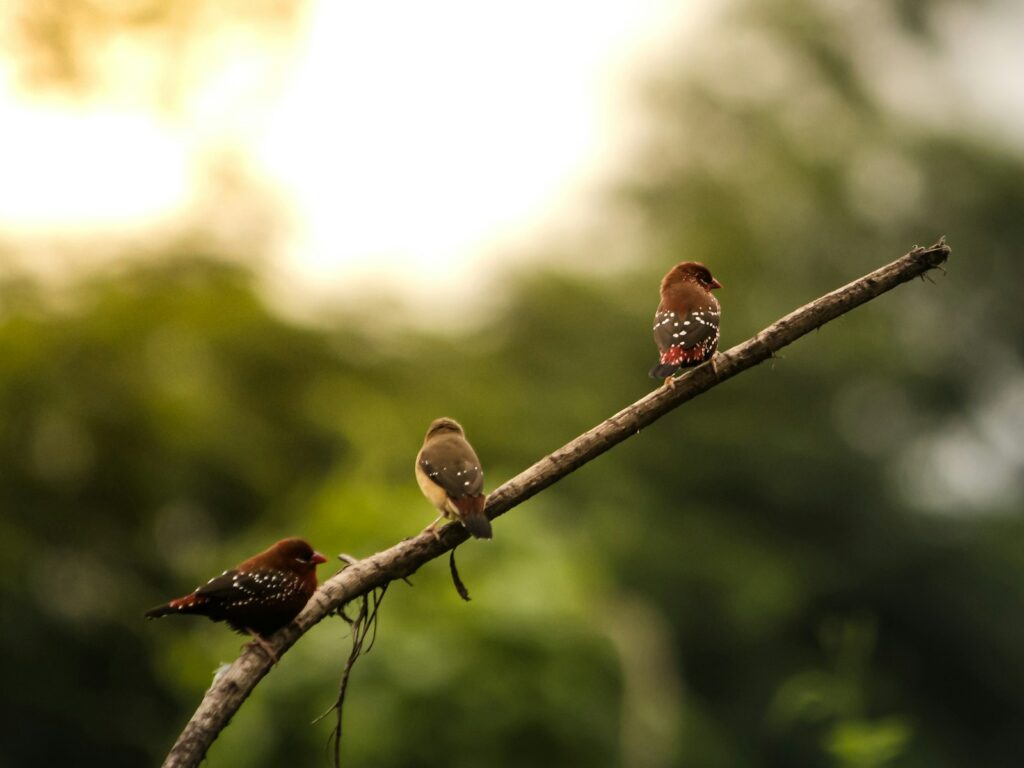
Birds
Birdwatchers will find the Ngorongoro Crater a paradise with over 500 bird species recorded. From the striking crowned crane to the ubiquitous ostrich, the crater offers a diverse array of avian life. The seasonal flamingo populations that congregate around Lake Magadi add a splash of color to the landscape. Bird enthusiasts can also spot raptors like the augur buzzard and the bateleur eagle, as well as vibrant smaller species like the Fischer’s lovebird and the golden-winged sunbird, making the crater an ornithological treasure trove.
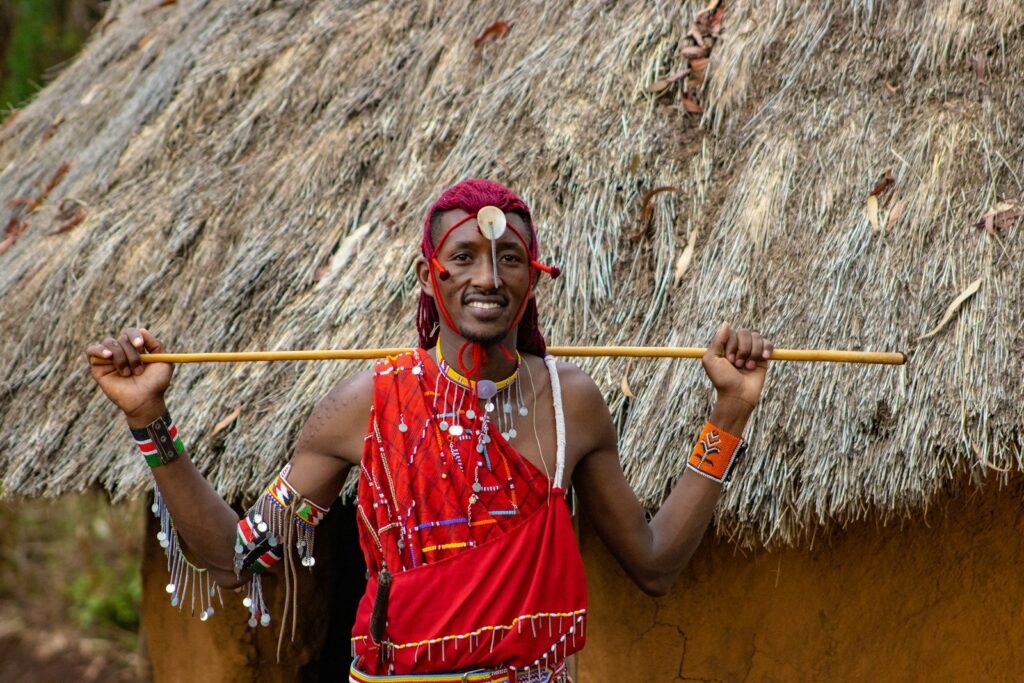
The Maasai and Their Cultural Heritage
The Ngorongoro Conservation Area is not just about wildlife; it is also a cultural landscape where the Maasai people have lived for centuries. The Maasai are semi-nomadic pastoralists who have adapted their way of life to the region’s challenging environment. Their presence in the conservation area represents a unique example of human-wildlife coexistence.
Maasai Villages
Visitors to the Ngorongoro Conservation Area have the opportunity to visit Maasai villages, where they can learn about the Maasai’s traditional customs, rituals, and way of life. The Maasai are known for their distinctive clothing, beadwork, and warrior culture. Engaging with the Maasai offers a deeper understanding of the cultural significance of the land and its resources.
Livestock and Land Use
The Maasai’s traditional practices of livestock grazing are integrated into the conservation area’s management. This coexistence poses challenges and opportunities for conservation and cultural preservation. The Ngorongoro Conservation Area Authority works to balance the needs of wildlife conservation with the cultural and economic needs of the Maasai people.
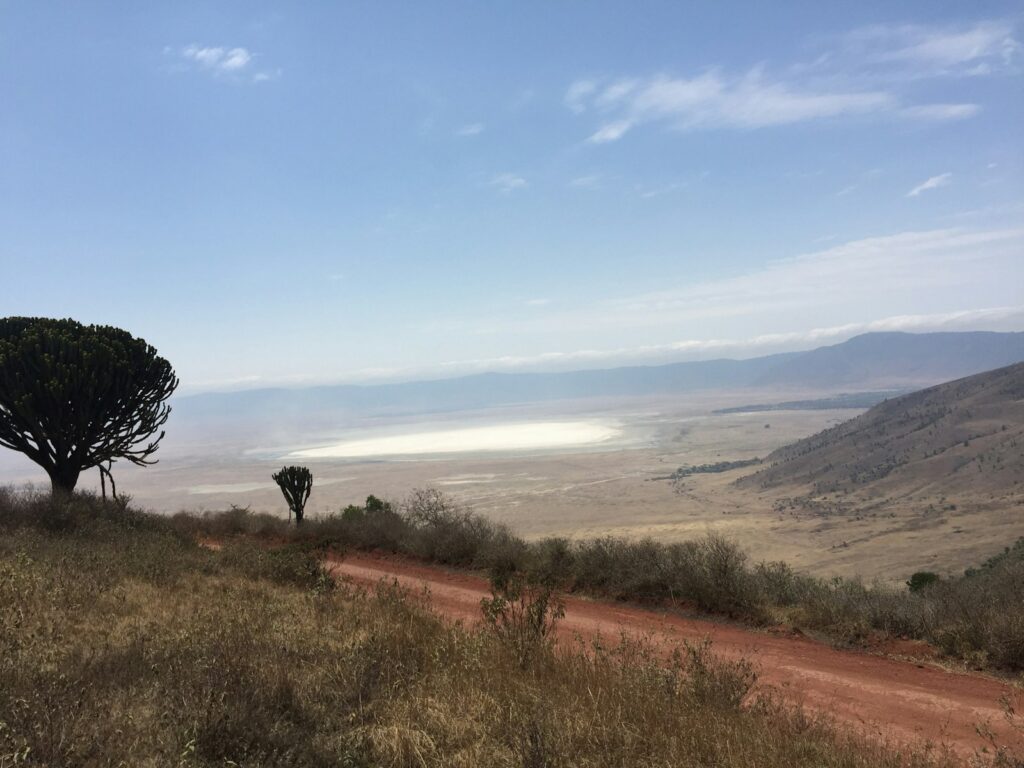
Planning Your Visit
A trip to the Ngorongoro Crater is a once-in-a-lifetime experience that requires careful planning to make the most of your visit. Here are some tips and considerations for a memorable journey.
The best time to visit the Ngorongoro Crater is during the dry season, from June to October, when wildlife is more concentrated around water sources, making them easier to spot. However, the wet season, from November to May, also has its charms, with lush landscapes and fewer tourists, although some areas may be less accessible.
To get to the Ngorongoro Crater, the nearest major town is Arusha, which is well-connected by flights to major international airports. From Arusha, it’s a scenic drive of approximately 180 kilometers to the crater. Many tour operators offer guided safaris that include transportation and accommodation, ensuring a smooth journey.
When it comes to accommodation, there are several options in and around the Ngorongoro Conservation Area. These range from luxury lodges offering stunning views from the crater rim to budget-friendly campsites. Staying at a lodge on the crater rim allows for easy access to the crater floor for early morning game drives, maximizing your wildlife viewing opportunities.
Exploring the Ngorongoro Crater with an experienced guide enhances the experience significantly. Knowledgeable guides provide valuable insights into the ecology and behavior of the animals, as well as the history of the area. They also increase the chances of spotting elusive wildlife and ensure a safe and enjoyable journey.
Practicing ethical tourism is essential when visiting the Ngorongoro Crater. Responsible wildlife viewing means maintaining a respectful distance from the animals and avoiding behaviors that might disturb them. Following the guidelines provided by your guide and the Ngorongoro Conservation Area Authority (NCAA) helps ensure the safety and well-being of both animals and visitors.
Cultural sensitivity is also important when interacting with the Maasai or visiting their villages. Approach these interactions with respect and an open mind, supporting local artisans by purchasing handmade crafts and contributing to community-based tourism initiatives that directly benefit the Maasai people.
The Ngorongoro Crater is facing several challenges, including human-wildlife conflict, climate change, and the pressures of increasing tourism. Balancing conservation efforts with the needs of local communities and sustainable tourism is crucial for the future of this unique ecosystem. Empowering local communities through education and sustainable livelihood opportunities is essential for the long-term conservation of the area. Initiatives that involve the Maasai in conservation and tourism management create a sense of ownership and stewardship.
Addressing the impacts of climate change requires adaptive management strategies, such as protecting water sources, restoring degraded habitats, and monitoring wildlife populations. These steps are vital in building resilience against climate-related challenges.
Recent Posts
Exploring Zanzibar Island: A Journey Through Culture, History, and Paradise
Conquering Mount Kilimanjaro: A Journey to the Roof of Africa
Exploring the Wonders of Arusha National Park: Tanzania’s Hidden Gem
